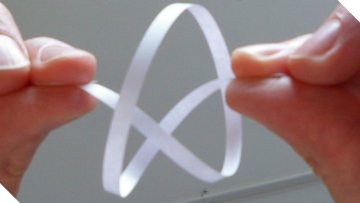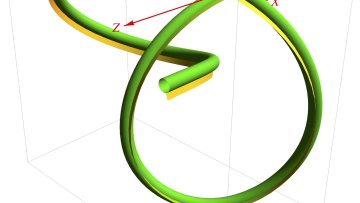14:30
The Erdos Matching Conjecture and related questions
Abstract
Consider a family of k-element subsets of an n-element set, and assume that the family does not contain s pairwise disjoint sets. The well-known Erdos Matching Conjecture suggests the maximum size of such a family. Finding the maximum is trivial for n<(s+1)k and is relatively easy for n large in comparison to s,k. There was a splash of activity around the conjecture in the recent years, and, as far as the original question is concerned, the best result is due to Peter Frankl, who verified the conjecture for all n>2sk. In this work, we improve the bound of Frankl for any k and large enough s. We also discuss the connection of the problem to an old question on deviations of sums of random variables going back to the work of Hoeffding and Shrikhande.






